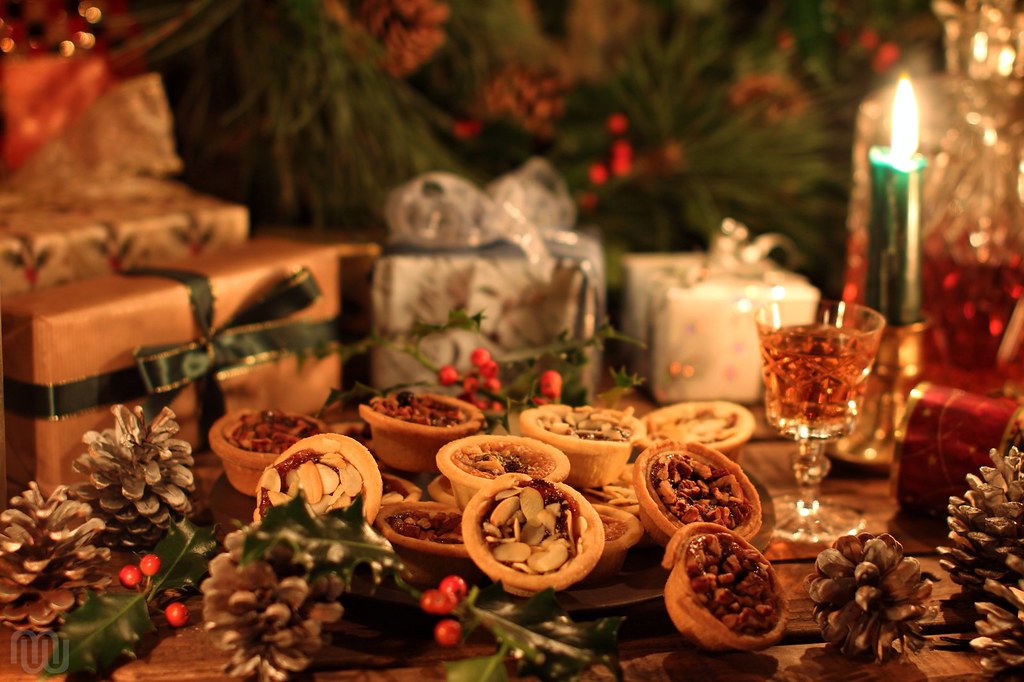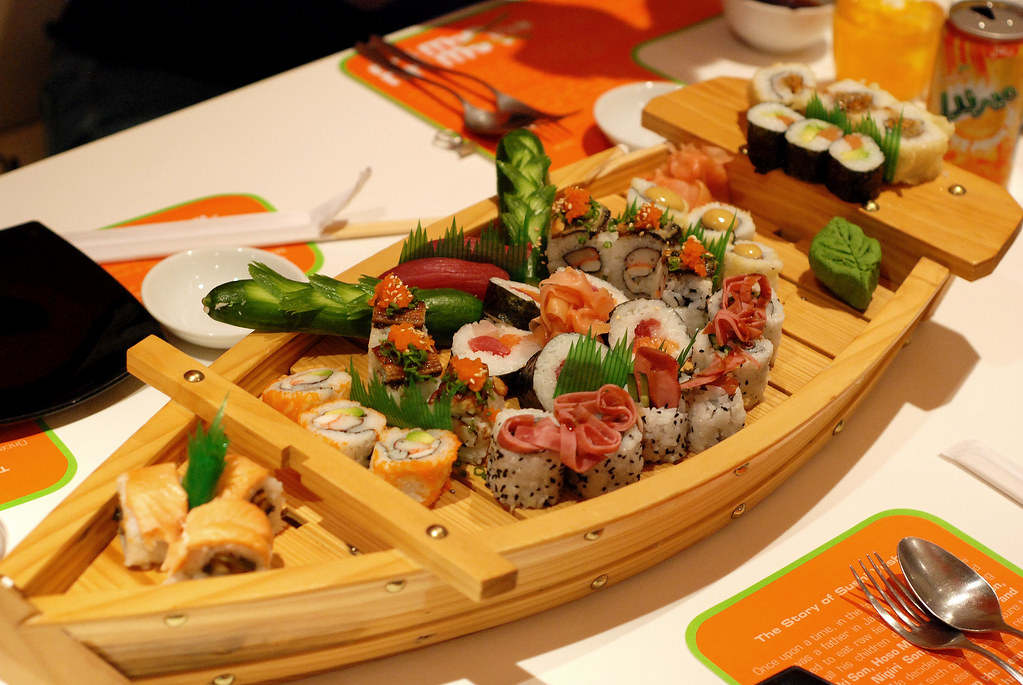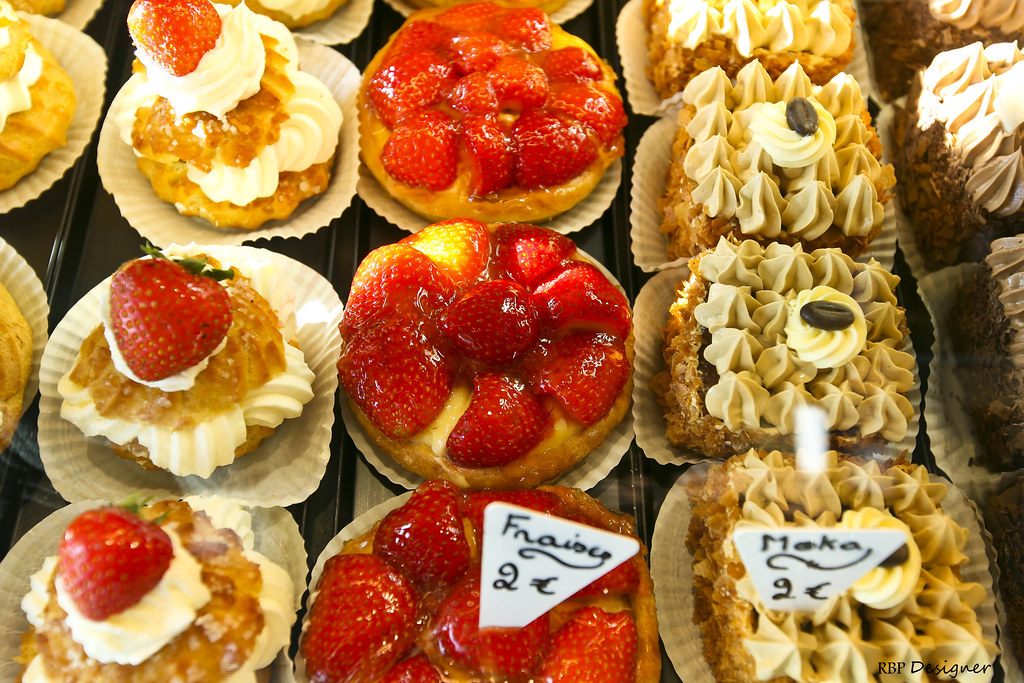Looking for some tasty recipes? Then Check out Cook it Now! With The Cookinator now on Facebook http://www.facebook.com/itstheCookinator He travels from the future to save the world one meal at a time. Although this is a parody the recipes are real and tasty. Like the official Facebook page to keep updated with new recipes and videos

via qxion on we heart it

via qxion on we heart it

via qxion on we heart it

via qxion on we heart it

Panelinha de frutos do mar - Dona Zefinha via qxion on we heart it

http://ift.tt/1ibmLeP via qxion on we heart it

Tortellini and Garden Vegetable Bake | Recipe
http://www.bhg.com/recipe/printview/poultry/tortellini-and-garden-vegetable-bake/

http://flic.kr/p/dtDJTA

Today's dinner 11.Aug.2007 http://flic.kr/p/2DrL2L

ACCORDING to a 17th-century jingle, 'Turkeys, heresy, hops and beer, came into the UK, all in one year'. But which year was it? Historians are divided, but one thing that they are certain about is that sometime after 1521 this strange-looking, 4ft-high bird arrived in England from the Americas. Some sources say the date was as early as 1525 and that they were brought here by North African traders nicknamed 'Turks' — hence the name. Traders from the Levant were also called 'Turkey traders'. (Strangely, in Turkey, the bird is called an India and in Portugal a Peru.) Other sources say that they were first shipped from the New World to the Spanish Netherlands and thence to England, along with a consignment of valuable Dutch bulbs.
Turkey, like chocolate, had first been tasted by Spanish adventurer Hernando Cortes at the tables of fabled Aztec ruler Yontezuma. But local historians swear that it was cabinboy William Strickland—who had gone adventuring with John Cabot's son Sebastian to the New World—who brought back the first scrawny bird in 1526. They had been domesticated by the natives there for hundreds of years and could easily be kept alive on board ships for the long journey home. Back in Bristol, where Sebastian's ship was based, Strickland sold six birds for two pence each and, in the big houses at Christmas, they gradually began to replace such exotics as swan, peacock and bustard. Strickland made further voyages and in 1550, after becoming rich, he was allowed to incorporate the bird into the family crest.
We find that King Henry VI11 was prepared to put aside his traditional orange and apple-decorated boars'heads in favour of turkey but it was King James I, who disliked pig meat, who is reputed to be the person who first made turkey really popular in England. He had turkey replace pork at a number of banquets and ceremonial occasions, labelling it 'the king of birds, the bird of kings'. Within 50 years of its first arrival in England, we find cooks mentioning turkey as being a standard part of Christmas fare. Competing with geese, capons and pheasants (to which the turkey is related but which originally came from the Caucasus) the birds were soon found in all the London markets.
By the 18th century a large turkey industry grew in East Anglia, with the birds being driven to London markets alive, protected from lameness by having their feet dipped in tar or by the fitting of little wooden boots. But the meat remained expensive. George II loved the bird but in 1851 turkey replaced swan on Queen Victoria's Christmas table. The middle classes were quick to follow the Royal lead. Ease of communications and the advent of refrigeration after the last war brought prices down and turkey industry really took off. The bird soon became standard Christmas fare. When Victoria first came to the throne however, both chicken and turkey were too expensive for most people to enjoy. In northern England roast beef was the traditional fayre for Christmas dinner while in London and the south, goose was favourite.
Many poor people made do with rabbit. On the other hand, the Christmas Day menu for Queen Victoria and family in 1840 included both beef and of course a royal roast swan or two. By the end of the century most people feasted on turkey for their Christmas dinner. The great journey to London started for the turkey sometime in October. Feet clad in fashionable but hardwearing leather the unsuspecting birds would have set out on the 80-mile hike from the Norfolk farms. Arriving obviously a little tired and on the scrawny side they must have thought London hospitality unbeatable as they feasted and fattened on the last few weeks before Christmas!
Over the past 20 years, Americans' consumption of turkey has increased dramatically. In 1975, Americans ate 8.3 pounds of turkey per year and in 1995, Americans ate over 18 pounds of turkey per year. Charles Dickens' The Christmas Carol is credited for popularizing the serving of turkey for Christmas dinner. Several varieties of turkeys live in America. The largest is the Bronze turkey. The adult male or tom weighs up to 50 pounds while the female or hen can weigh up to 16 pounds. These larger turkeys are still popular for use in restaurants but are too large for even the most well attended family gathering. If you are from the Midwest or like bourbon whiskey, you’ve probably heard of Kentucky Wild Turkey Bourbon.
How did this famous bourbon get its name? Well, back in 1940 Thomas McCarthy, a hunter and distillery executive, brought a private supply of bourbon along with him on an annual wild turkey hunt with his friends. The following year the good old boys requested more of the same bourbon referring to it as “Wild Turkey.” Mr. McCarthy later honored his friends by turning the nickname into a legendary brand of Kentucky bourbon. Today, the distillery is located in Lawrenceburg, Kentucky. True story. In England, during the 1700's, turkeys were walked to market in large herds. Turkey farmers often covered the birds' feet with little booties to protect them on the long journey to the London market. Head ‘em up, move ‘em out. Ben Franklin thought the North American wild turkey should be the national bird. Of course, the turkey of his day was nothing like the domesticated descendants we know today.
The wild turkey of Ben Franklin's day was a brightly plumed, cunning bird of flight. Unlike eagles, turkeys live in flocks. Imagine seeing a flock of birds as large as turkeys flying across the sky. It must have been a wondrous sight. Wild turkeys have longer necks and legs as well as smaller breasts than turkeys bred for the table. The true American turkey was "wild and wary to the point of genius," said author G. T. Klein. The most prized portion of the turkey is the white meat of the breast. Because Americans like white meat so much, turkeys are bred to produce large breasts. Our domesticated turkeys have such large chests that the male, "tom turkey" is not able to fertilize the eggs of the female, "hen turkeys" in the natural mating position. Today, turkey eggs are fertilized by artificial insemination for the hatchery.
Did you ever wonder why the breast and wings of chickens and turkeys have white meat while the legs and thighs are dark? The explanation is a physiological one involving the function of muscles, which gives some insight into humans as well as animals. The dark coloration is not due to the amount of blood in muscles but rather to a specific muscle type and it's ability to store oxygen. Only the adult male turkey makes the gobbler, gobble sound. The adult male is called the "tom" turkey. The female or hen turkey makes a gentle clucking or clicking sound. The hen never gobbles. The celebration of Christmas was banned in Boston from 1659 to 1681.
Anyone showing Christmas spirit was fined 5 shillings! This was due to the pilgrims belief that it was a decadent celebration. Christmas was declared a federal holiday in the United States on June 26, 1870. Stargazy pie is a fish pie of Cornish origin. It is made with the fishes' heads sticking out of the crust all round the rim, and presumably takes its name from their appearance of gazing skywards. In her Observer Guide to British Cookery (1984) Jane Grigson notes that 'it is a specialty of Mousehole where they make it on 23 December every year, Tom Bawcock's Eve, in memory of the fisherman who saved the town from a hungry Christmas one stormy winter.'
The majority of families (90%) around the UK consider turkey a Christmas tradition. According to the British Turkey Information Service, UK residents consumed 10 million turkeys in 2000 for Christmas, along with 25 million Christmas puddings, 250 million pints of beer and 35 million bottles of wine. Norway: The big festive feast takes place on Christmas Eve. Most people around the coastal regions eat fish - concoctions of cod and haddock and a variety called lutefisk. Inland they go for pork chops, specially prepared sausages and occasionally lamb. Germany: The Germans tend to have a game feast on Christmas day, usually wild boar or venison. Jamaica: Christmas dinner usually consists of rice, gungo peas, chicken, ox tail and curried goat. Austria: A typical Christmas dinner would consist of braised carp served with gingerbread and beer sauce.
Poland: The traditional Christmas Eve supper consists of 12 non-meat dishes, representing the months of the year and featuring fish such as pike, herring and carp. Other typical Polish dishes are fish soup, sauerkraut with wild mushrooms or peas and Polish dumplings with various fillings. Wales: Leek and onion sauce to accompany the turkey. Leeks, onion, cloves, breadcrumbs, milk, nutmeg and bay leaves blended to create a thick and creamy alternative to ordinary bread sauce. Scotland: Rich tatties and neeps - a traditional dish made with mashed potatoes, Swede, carrots, onion and butter, garnished with chives and black pepper. Ireland: Turkey with whiskey glaze - whiskey and honey together with a splash of orange will give an impressive and great tasting twist to the traditional bird. Sweden: Hiding an almond inside rice pudding is a Christmas custom in Sweden. Whoever gets it has good luck for the new year.
Mexico: In Oaxaca, Mexico, Christmas Eve is also the Night of the Radishes, when large radishes are cut into animal shapes. Germany: According to German tradition, partaking in a roast of pork dinner on Christmas Eve will prevent evil and promote prosperity in the New Year. Italy: Tortellini is a specialty of the Bolognese Christmas dinner (filled with turkey, ham, and sausage forcemeat). Netherlands: The Dutch eat chicken stuffed with sauerkraut at Christmas to mark the end the year and celebrate the beginning of the New Year. The reason for chicken? Because the animal scratches the ground, it symbolizes scratching the earth over the old year. http://flic.kr/p/4c15nK

Traditional Sliced Honey Glazed Ham Ready for the Holidays http://flic.kr/p/imUuHB

Fresh baked red fruit pie in the pan,selective focus http://flic.kr/p/pb1173

A favorite deli of mine in San Diego creates wonderful masterpieces of dessets and treats almost too good to eat. Go ahead dig in have a slice and have a merry holiday too. http://flic.kr/p/5LBQVW

Traditional Christmas Fayre — Mince pies on a pewter plate surrounded by presents, holly and festive cheer. Christmas wreath in the background. http://flic.kr/p/innWb4

PLEASE: Link back to this page if you are using this photo in any way. My sister made it :) Explore #3 and Frontpage! Thanks everyone! More Bokeh photos in this set http://flic.kr/p/5zy5BT

Explored on Mar 18, 2010 at #136 At Sushi Yoshi in Riyadh, Saudi Arabia. http://flic.kr/p/7LE7RR

Made this morning to get me through the last of my final exams. --- Thank you everyone. You have made this the most interesting photo tagged as: bento, bentobox, onigiri, rice, macaroni, tofu, umeboshi, chopsticks, riceball, sanrio, and littletwinstars. *^_^* http://flic.kr/p/dtfn2

Spinach yakisoba made with shiitake, bean sprouts, garlic and green onion; no meat because I didn't have any. Topped with carrot goldfish. (These goldfish cutters are handmade with built-in eye cutouts; very intricate and precise) I also quick-sauteed horenso (spinach) in garlic and shoyu and topped with sesame seeds. Satsumaimo / Okinawan sweet potato flowers, purple cauliflower and tricolor tomato skewer. Fruit side has strawberries, raspberry blueberries and plum. http://flic.kr/p/73D5Kj

.png)






























